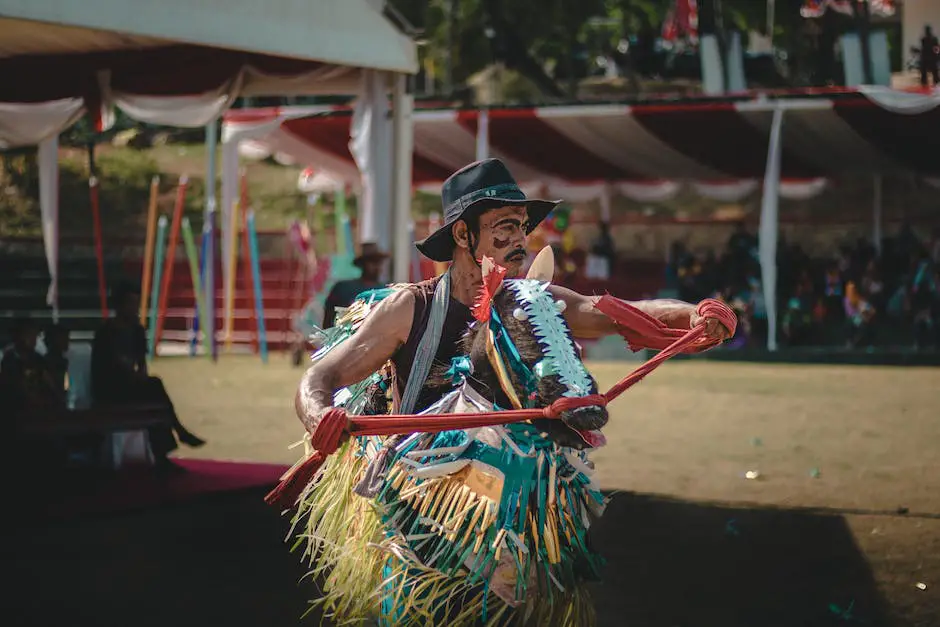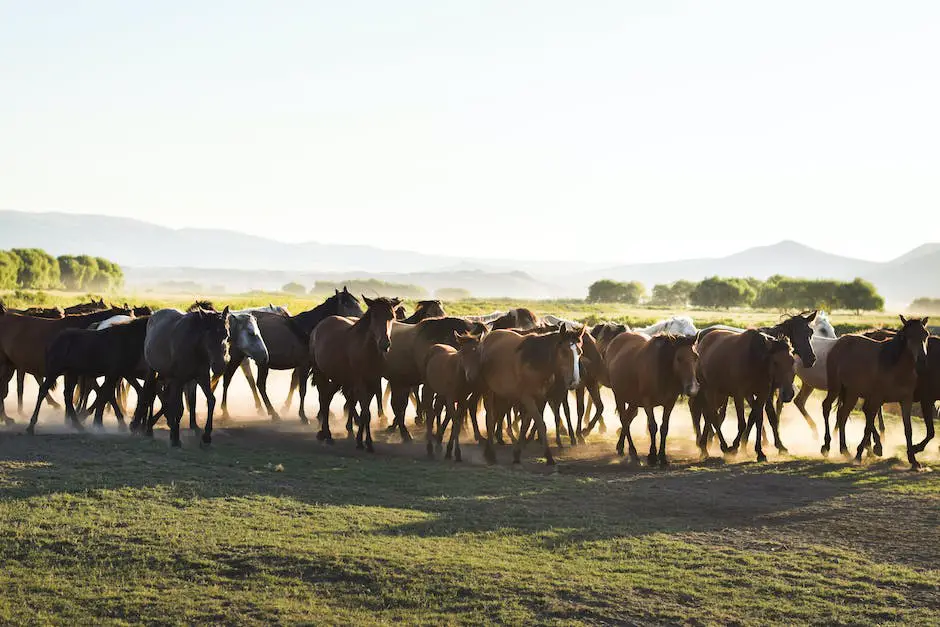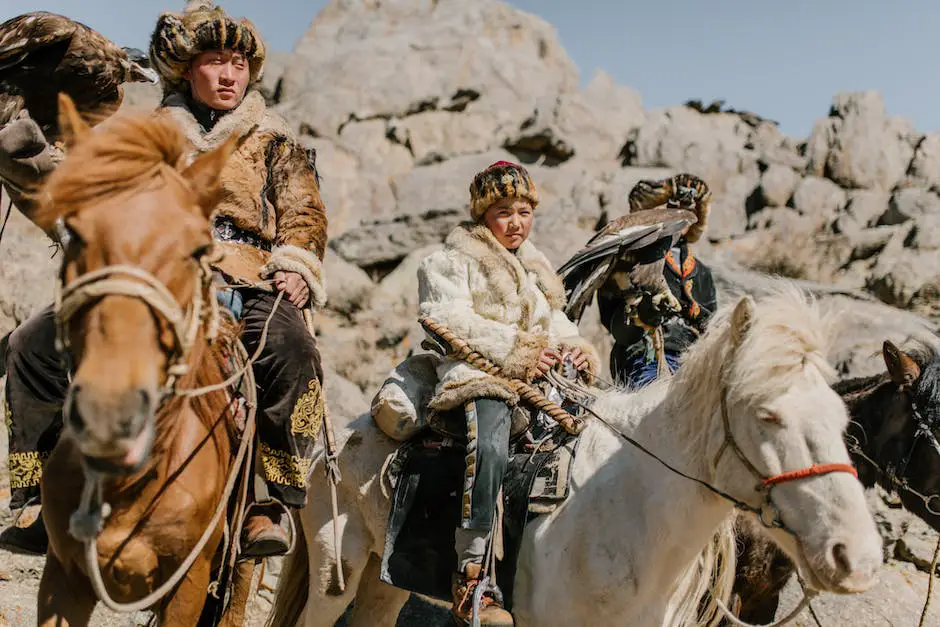The proud and storied tradition of the Hungarian Csikos, ancient horsemen known for their remarkable equestrian skills, reaches back to the early beginnings of Hungarian history. Rooted deeply in the country’s cultural heritage, these horsemen have shown resilience and adaptability, evolving from being modest riders to esteemed figures within Hungarian society. This transformation parallels the journey of Hungary itself, a country that has grappled with significant socio-political changes over the centuries. From their role in the revolution and independence wars to their present-day recognition, the Csikos represent the enduring spirit of the Hungarian people. Moreover, their unique lifestyle, traditional duties, and distinct style of dress are reflective of Hungarian culture and history, with their profession also playing a crucial role in the preservation of the country’s horse culture.
Table of Contents (Horspedia)
History of Hungarian Csikos
Historical Origins of Hungarian Csikos
Csikos, traditionally known as Hungarian herdsmen or horsemen, have a long-distinguished history tracing back to the ancient nomadic tribes that resided in the Great Hungarian Plain. These tribes relied heavily on horses for sustenance and survival which was eventually reflected in their cultural and social practices. The Csikos emerged with the rise of Hungary’s agricultural age in the 18th and 19th centuries, serving as cowboys of the Puszta, Hungary’s vast flat plains. They were responsible for tending to the large herds of horses, a vital asset for transportation, agriculture, and defense.
Cultural and Social Significance of Csikos
With time, the Csikos evolved from mere herdsmen to cultural symbols, embodying traditional Hungarian values of bravery, freedom, and a deep connection with the land and its animals. The Csikos’ traditional attire of wide-brim hats, blue pants, and boots, has become a national symbol, and their expert horse-riding skills have been celebrated in festivals and performances throughout Hungary. Csikos performances, involving spectacular feats of horsemanship, demonstrate an impressive and unique understanding of horses, embodying a cultural bond between man and beast dating back centuries.
Csikos and Hungarian Revolution and Independence Wars
Despite their agricultural background, the Csikos played a significant role in Hungary’s military struggles. Their equestrian skills, honed on the plains, proved invaluable in reconnaissance and warfare. During the revolution of 1848 and the subsequent War of Independence against Habsburg rule, many Csikos served in the Hungarian forces, defying the Hungarian nobility that had previously marginalized them. Their skills and bravery in battle were recognized, cementing their place in Hungarian history and folklore.
Present-day Recognition
Today, the Csikos continue to be celebrated for their unique equestrian skills and cultural influence. While the need for traditional horse herding has diminished as a result of modern transportation methods, Csikos performances remain a popular attraction, particularly in the Hortobágy National Park, the largest semi-natural grassland in Europe. Here, visitors can witness the Csikos showcase their eye-catching acrobatic skills while riding the non-saddled Hungarian half-bred horses. They’ve become a symbol of Hungarian heritage and tradition, embodying a unique blend of historical and cultural aspects of Hungarian life. The significance of Csikos to Hungarian identity is also reflected in contemporary media, with Csikos featuring prominently in modern Hungarian literature, art, and film.
Harnessing the Future of Csikos
As Hungarian agriculture continues to modernize and technological advances reshape the fields of transport and warfare, the functions historically performed by the Csikos largely fall into disuse. However, a concentrated effort is underway to ensure this integral element of the Hungarian heritage is not relegated to mere history. Measures including youth horse riding schools, annual Csikos gatherings, and government-backed equestrian endeavors are being deployed to keep the Csikos legacy alive. Now, the Csikos tradition is not just seen as an echo from the past, but as a lively pillar of Hungary’s cultural framework.

Life and Duties of a Csikos
Hungarian Csikós: Reflecting Tradition and Dedication
The Hungarian Csikós, often applauded as the Hungarian Cowboys, are a proud legacy woven firmly into the cultural fabric of Hungary. Traditionally found in the expansive Great Hungarian Plain, they are renowned horse-herders with a deep-rooted history. Aside from their horse-herding expertise, their daily activities include managing and upkeeping the broad herds of horses within the region. This role demands not only physical strength and persistence but also a compelling level of audacity.
Intensive Training Required for Csikós
The Csikós’ work isn’t just a profession—it’s a lifestyle that demands intensive and rigorous training. Starting from a young age, prospective Csikós learn to tame and train horses, and to maintain discipline among the herd by riding alongside the galloping group. They master the art of horse-whispering, understanding the beasts’ every quirk and nuance. They also learn to throw the traditional Hungarian coil of rope, or lasso, with great accuracy. Prolific riding skills are integral to their training, as well as mastering the unique Hungarian style of riding.
Duties and Responsibilities of Csikós
The duties of Csikós extend beyond herding. They are also responsible for the health and wellbeing of the horses under their care, tasks which include feeding, grooming, and healthcare. Traditionally, Csikós performed boundary rider duties, where they rode the perimeters of their ranches, maintaining fences and warding off wild animals. The Csikós also provide an entertaining spectacle during displays of traditional Hungarian equestrianism, showing off impressive skills such as standing upright on the back of a galloping horse.
The Unique Traditional Attire of Csikós
The iconic Csikós attire is a reflection of the rich history and culture of the Hungarian plains. The uniform mainly consists of a blue or black dolman jacket, which is embellished with braiding on the sleeves—a homage to Hungarian military uniforms of the past. Trousers are high-waisted, generally white, and tucked into high black boots. The corded hat, or shako, shaped like an inverted bowl with a peaked top, is also a key part of the ensemble, further distinguishing the Csikós.
Master Horsemen of Hungary: The Csikós
The Csikós, known for their vital role in Hungarian agriculture, are synonymous with Hungary’s unique history and rich culture. As living custodians of traditions preserved for hundreds of years, they breathe life into the country’s past. Horses are deeply ingrained in the heart of Hungarian society, a sentiment echoed by the enduring customs of the Csikós. Rooted in the rustic charm of the Great Hungarian Plain, the Csikós exemplify the spirit of these lands for centuries. Consequently, they are seen as pillars of Hungary’s cultural legacy, admired for their unwavering dedication, remarkable skills, and their symbolic cultural significance.

Csikos and Hungarian Culture
The Cultural Impact of the Csikós in Hungary
Known as Hungary’s master horsemen, the Csikós weave an essential thread in the nation’s cultural fabric. More than mere relics of an agricultural past, they sustain an equestrian tradition that spans several centuries. Donning a distinctive attire and employing unique riding techniques, Csikós are as integral to Hungarian culture as its traditional cuisine or folk dances.
Their portrayal in diverse media platforms, including literature, visual arts, and music, underlines their cultural significance. Hungarian literary masterpieces often cast Csikós as folk heroes, characterizing them with qualities of bravery, perseverance and authenticity. Likewise, their depictions in art encapsulate their vivid and dynamic role in Hungary’s pastoral life. Folk songs abound with narratives of their incredible equestrian shows, reiterating their profound influence on Hungary’s cultural identity.
Csikos in National Celebrations and Festivals
Beyond the realm of art, Csikos play a significant role in national celebrations and festivals in Hungary. They proudly participate in key events, demonstrating equestrian shows that include archery on horseback and traditional Hungarian games. One prominent example of this is their active participation in the annual ‘Festival of the Horse’, where they showcase their daredevil stunt riding skills, an important part of their cultural heritage.
These horsemen are also the highlight of the ‘Puszta Five’ show, a performance of five horses ridden at once by a Csikos – a spectacle that always leaves its audience in awe. It’s through such performances and engagements in national celebrations where Csikos manage to carry forward and popularize equestrian traditions among newer generations.
Preserving Traditional Horse Culture
The role of Csikos extends beyond entertaining displays of equestrian skills. They are custodians of the traditional horse culture of Hungary. Through their meticulous horse-rearing, training practices, and riding skills, Csikos have ensured the preservation and continuation of ancestral horse species like the Hungarian Warmblood and Nonius horse.
Csikos not only use these ancient techniques but also pass them down the generations, ensuring that they stay alive, contributing significantly to safeguarding Hungary’s equine heritage.
Moreover, they understand and respect the strong bond between humans and horses, therefore, their practices often revolve around ‘breaking in’ horses gently and respectfully, emphasizing the symbiotic relationship between mankind and animals instead of asserting dominance.
In summary
Csikos remain an invaluable part of Hungary’s cultural fabric, serving as beacons of the nation’s rich equestrian history, art, and literature. They actively participate in national celebrations, perform in festivals, and are the stalwarts in preserving the country’s traditional horse culture. Their continued presence resonates with their immense contribution to the tapestry of Hungarian heritage.

Indeed, the Csikos, with their distinctive garb, traditional lifestyle, and crucial role in society, embody the spirit of Hungary. They are the living representation of centuries of history, a testament to the national identity of Hungarians. Through their continued practice of equestrian skills and their adherence to ancient customs, Csikos contribute significantly to the preservation of the nation’s rich horse culture. Furthermore, their depictions in literature, art, and music, as well as their prominent role in national celebrations and festivals, further illuminate the vital role of the Csikos in Hungarian culture. Ultimately, the story of Hungarian Csikos brilliantly intertwines with the narrative of Hungary, providing an in-depth understanding of this nation’s rich cultural heritage and history.

